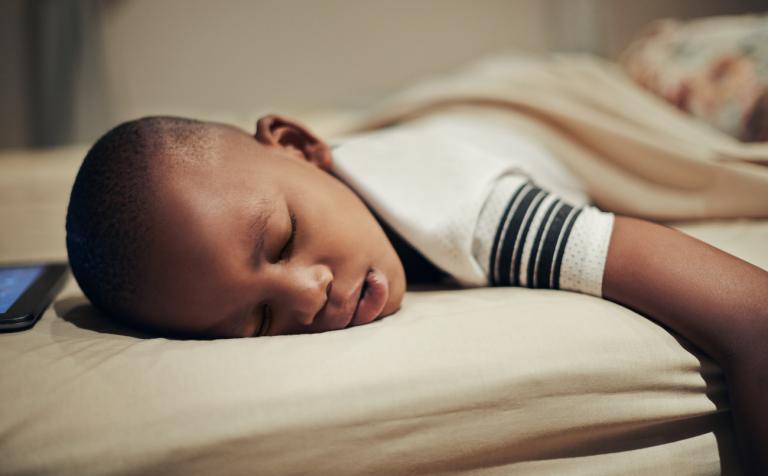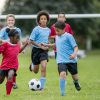- Empty cart.
- Continue Shopping
How to Recognize and Address Sleep Apnea in Children

Sleep apnea, a condition characterized by interrupted breathing during sleep, is often associated with adults. However, it can also affect children, and if left untreated, it can lead to a range of health issues. Recognizing the signs and seeking appropriate care is crucial for the well-being of children.
Recognizing Sleep Apnea in Children:
1. Loud Snoring:
- While occasional snoring is normal, loud, persistent snoring can be a sign of sleep apnea in children.
2. Pauses in Breathing:
- Observe your child while they sleep. If you notice moments where they stop breathing, followed by a gasp or snort, this could indicate sleep apnea.
3. Restless Sleep:
- Children with sleep apnea may toss and turn frequently, and they may exhibit other signs of restless sleep.
4. Mouth Breathing:
- If your child habitually breathes through their mouth, even when not congested, it could be a sign of obstructed airways.
5. Daytime Sleepiness or Fatigue:
- Sleep apnea can disrupt restorative sleep, leading to daytime sleepiness, fatigue, and difficulty concentrating.
6. Behavioral Issues:
- Children with sleep apnea may exhibit behavioral problems, such as irritability, hyperactivity, or aggression.
7. Bedwetting:
- Sleep apnea can contribute to bedwetting in some children.
8. Delayed Growth:
- In severe cases, untreated sleep apnea may lead to delayed growth or developmental issues.
Addressing Sleep Apnea in Children:
1. Consult a Pediatrician:
- If you suspect your child may have sleep apnea, consult a pediatrician. They can assess the symptoms and recommend further evaluation if needed.
2. Sleep Study (Polysomnography):
- A sleep study is the most definitive way to diagnose sleep apnea. It involves monitoring a child’s sleep patterns and breathing during a night in a specialized sleep center.
3. Tonsil and Adenoid Evaluation:
- Enlarged tonsils and adenoids are a common cause of sleep apnea in children. If these structures are contributing to the condition, a healthcare provider may recommend their removal.
4. Continuous Positive Airway Pressure (CPAP):
- In some cases, a CPAP machine may be recommended. This device delivers a steady flow of air through a mask, helping to keep airways open during sleep.
5. Weight Management and Healthy Lifestyle:
- Encourage a balanced diet and regular physical activity to help maintain a healthy weight, as excess weight can contribute to sleep apnea.
6. Positional Changes:
- Adjusting sleeping positions can sometimes alleviate mild cases of sleep apnea. For example, encouraging a child to sleep on their side instead of their back.
7. Follow-up Care:
- Regular follow-up appointments with a healthcare provider are essential to monitor progress and adjust treatment plans as needed.
8. Create a Sleep-Friendly Environment:
- Ensure your child’s sleep environment is conducive to restful sleep. This includes a comfortable mattress, appropriate room temperature, and minimal noise and light.
Remember, early recognition and intervention are crucial for managing sleep apnea in children. By seeking appropriate care and following recommended treatments, you can help your child enjoy restful, uninterrupted sleep and support their overall well-being.








